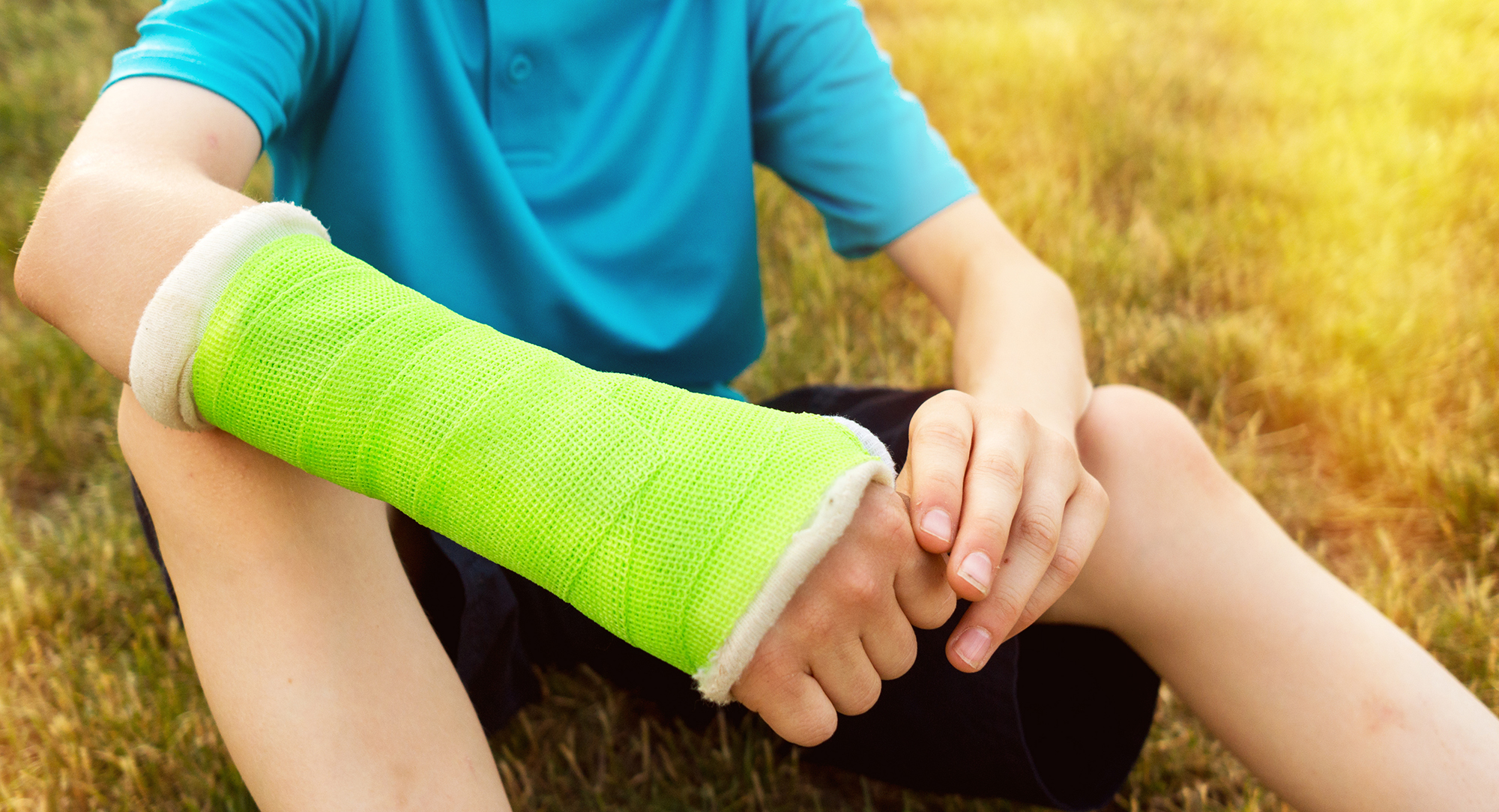Hand & Wrist Injuries in Youth Sports

Youth sports injuries have become a topic of concern for physicians, coaches, and athletes. The biggest fear centers on how these injuries will affect a child’s growth and intellectual abilities.
Among the injuries that have raised the most interest is concussion, but a recent study published this month in the medical journal Pediatrics reports that the rates of injuries to the wrist and hand are unusually high. Sports such as football, ice and field hockey, lacrosse, softball, and wrestling were most represented in frequency of injury. Overall, any stick, puck, ball, or contact sport can have a high rate of injury.
The human wrist is a complex joint that consists of 15 bones that form connections enabling the wrist to move in multiple planes. The carpal bones in the hand attach to the two bones of the forearm: the ulna and radius. These bones are connected to each other as well as various muscles by an intricate network of tendons and ligaments. Blood vessels and nerves are intertwined in this grid to provide circulation and sensation.
The most common injuries cited in the study include fracture, contusion, and ligament sprain in descending order of frequency. While most of the injured athletes were able to return to their sports in seven days or less, 12.4% were out for more than three weeks.
Initial treatment often includes rest, ice, and immobilization, but some fractures may require surgery. Prompt evaluation and treatment of hand and wrist injuries in young athletes can help speed recovery.
“Persistent pain and swelling after a wrist or hand injury in a child requires further evaluation by a physician,” reports Dr. Joel Ferreira, an assistant professor of orthopedics at UConn Health who specializes in hand and wrist injuries. “Imaging studies may be necessary to rule out fractures affecting the growth plate that may result in a chronic condition.”
